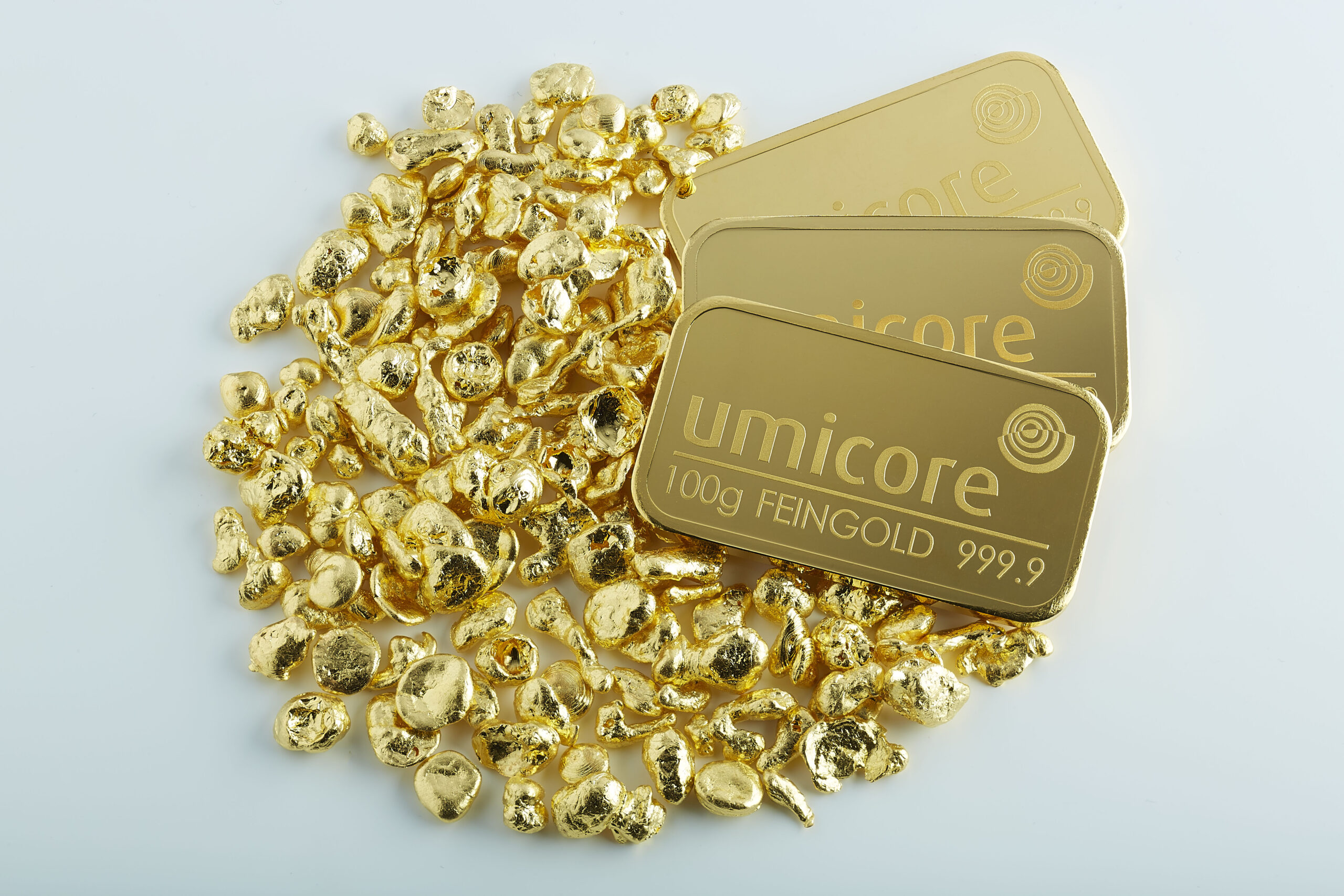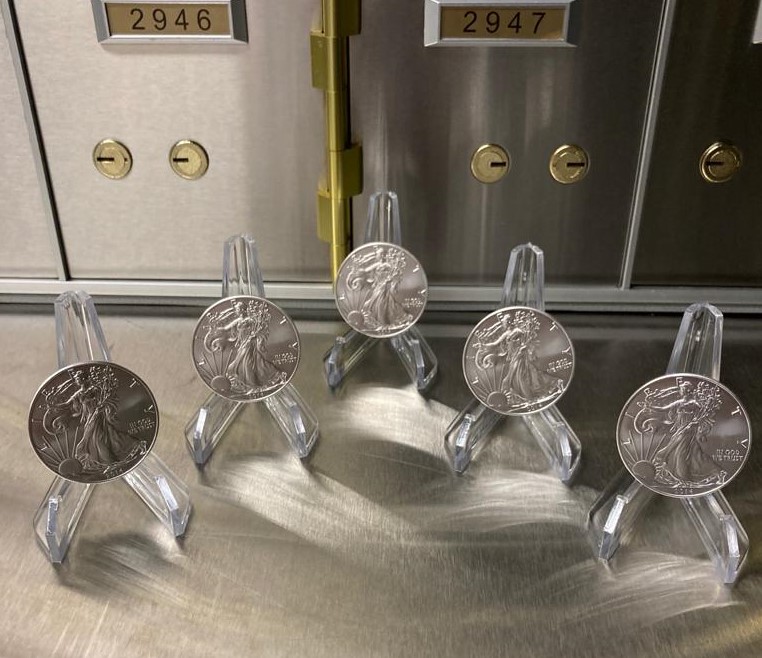
Gold and Currency Depreciation: Exploring Links Between Weak Currencies and Precious Metal Demand
Introduction:
Currency depreciation refers to the decrease in the value of a country’s currency relative to other currencies in the FX market. This can occur due to a variety of factors such as: a) Trade imbalances, b) Inflation, c) Economic uncertainty, or d) A change in interest rates.
When a currency devalues, it takes more of that currency to purchase the same amount of goods or services, while making exports cheaper and imports more expensive. More expensive imports could contribute to heightened inflation and reduced living standards.
There is an historic relationship between depreciating currencies and increased demand for alternative stores of value i.e. gold. Gold is known as a hedge against currency depreciation and economic instability. When a currency begins to decline in value, people turn to gold due to it being a more stable form of investment and wealth preservation.
History:
As mentioned, there is a strong correlation between increased gold demand and depreciating currencies historically. Gold is often thought of as a safe-haven asset as it has maintained value over time.
Stock Market:
During the 2020 stock market downturn, and in a response to the potential economic impact of COVID, the FED reacted by embarking on a new round of QE (Quantitative Easing). QE is a process by which a Central Bank purchases government bonds to stimulate the economy, which in turn leads to an increase in the money supply and a decrease in interest rates. When this occurs, the respective country’s currency begins to depreciate. When a currency depreciates, purchasing power decreases, making alternative stores of value popular.
During the 2008 Financial Crisis, the U.S. dollar was weakened due to similar reasons i.e. the beginning of QE, economic uncertainty, and a reduction of rates to near-zero levels. During both instances, gold demand surged as investors turned to gold as a store of value, driving up the price of the yellow metal.
Gold As An Alternative to FIAT Currency:
The purchasing power of a currency decreases when it experiences a devaluation. This has a profound impact on savings, investments, and the cost of living. The inherent stability of gold places it high on the list of alternatives when the purchasing power of fiat currency falls. It is a globally recognised asset that has a long-standing history, making it a favourable option to investors in times of economic uncertainty. There are many examples, with some highlighted above, that currency depreciation leading to increased gold demand, showcasing the yellow metals role as a reliable store of value.
Gold as a Hedge against Currency Risk:
Gold is favoured for the durability, rarity, and recognition that the metal possesses. Unlike FIAT currency, gold holds intrinsic value and the tangibility of the asset makes it popular. Gold has a limited supply, meaning that there is little risk of the metal being over-supplied. Central Banks can choose to increase money supply when they see fit, which has dramatic effects on the value of the Bank’s respective currency. During currency instability, paper money loses value while gold maintains value.
Gold is viewed as a hedge against currency risk, meaning that the metal has an inverse relationship with currency fluctuations. This counter-cyclical behaviour makes it a valuable asset for investors who are seeking stability in their portfolios. This shows the importance of diversification, which is a risk management technique that involves owning multiple different asset classes to mitigate portfolio losses when certain asset classes lose value. During currency depreciation, the stability that gold offers can offset losses in other areas. The stock market typically moves in line with the dollar so a fall in the dollar leads to a fall in stocks, which can move gold to the upside.
Conclusion:
There are many reasons as to why a currency devalues such as modern currency wars, trade imbalances and economic uncertainty to name a few. These factors drive demand for gold, which is regarded as a safe-haven asset. It is important that investors insure themselves against portfolio losses by diversifying portfolios. The inclusion of gold can add stability and allow investors to mitigate losses during, for example, stock market crashes.

